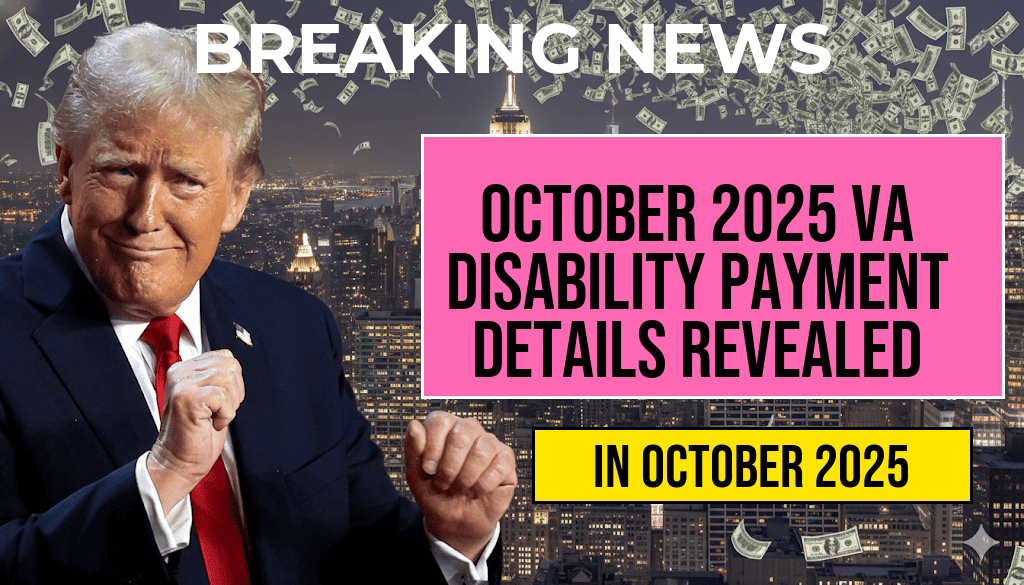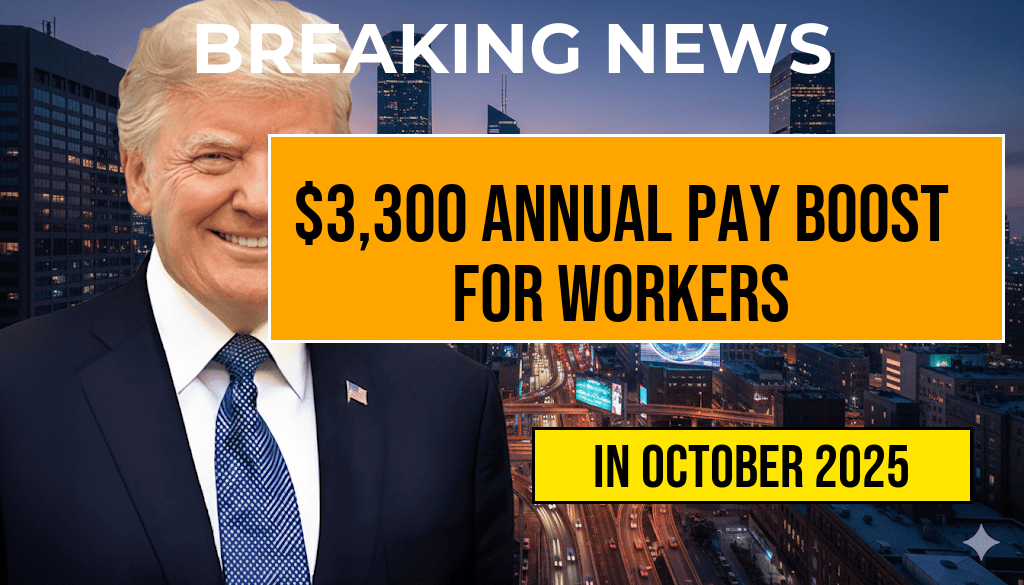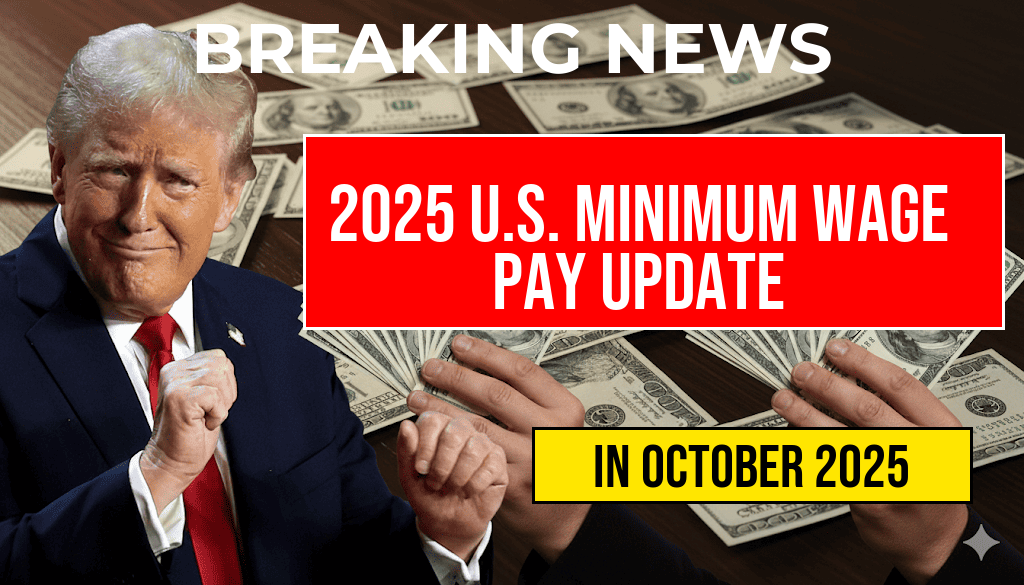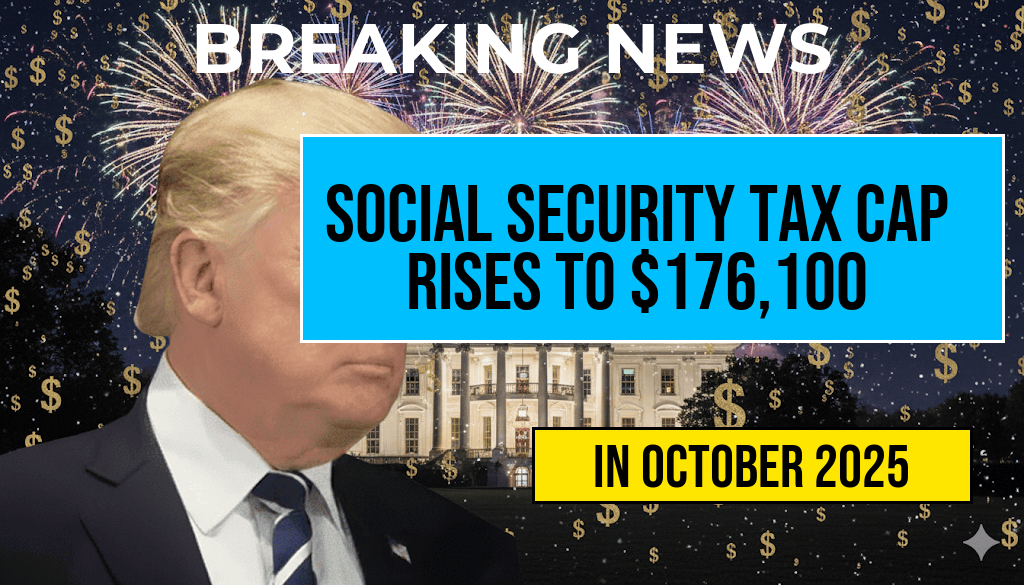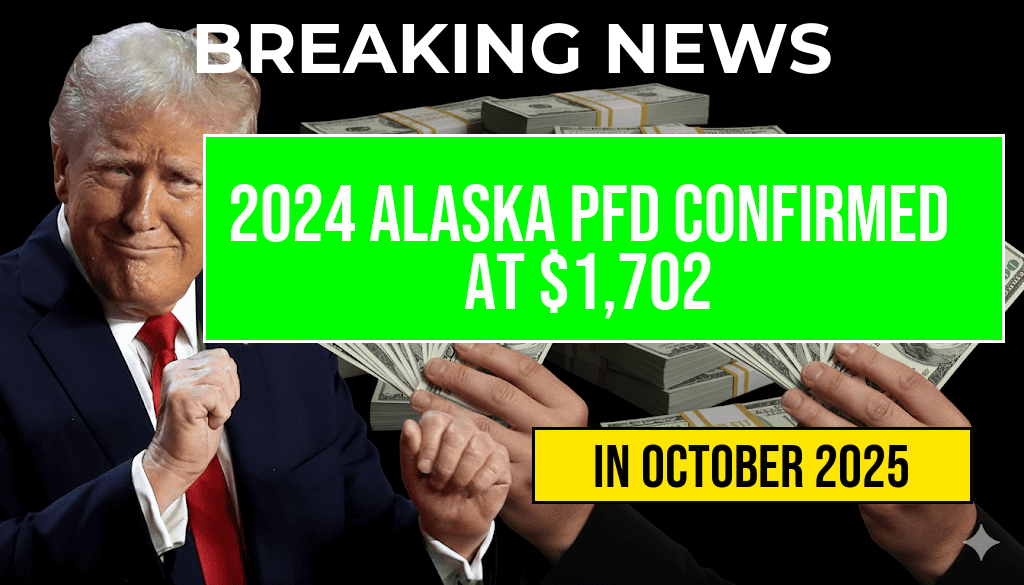The U.S. Department of Labor has announced updated hourly pay rates reflecting the forthcoming minimum wage increase set to take effect in 2025. As of October 4, 2023, the federal minimum wage will rise to $15.00 per hour, a significant adjustment aimed at addressing the growing concerns of wage stagnation and rising living costs across the nation. This announcement is part of a broader initiative to enhance the economic well-being of low-income workers and ensure that wages keep pace with inflation. The increase will impact millions of American workers, particularly in industries that rely heavily on minimum wage labor. Advocates for workers’ rights have lauded the decision, while some business owners express concerns regarding the potential effects on small businesses. This article delves into the implications of this wage adjustment and its expected impact on various sectors.
Details of the Minimum Wage Increase
The new federal minimum wage of $15.00 per hour represents a substantial increase from the current rate of $12.00 per hour. This change was proposed to align wages with the cost of living, which has seen a notable rise in recent years. The following key points summarize the announcement:
- Effective Date: January 1, 2025
- New Rate: $15.00 per hour
- Previous Rate: $12.00 per hour
- Estimated Impact: Approximately 30 million workers will benefit from the increase
Economic Context
The decision to increase the minimum wage comes amid ongoing discussions regarding income inequality and economic recovery post-pandemic. According to the Bureau of Labor Statistics, the purchasing power of minimum wage workers has significantly diminished due to inflation. This adjustment aims to restore some of that lost power, providing a more livable wage for those at the bottom of the pay scale.
Industry Reactions
Responses to the wage increase have varied across different sectors. Labor advocates hail the move as a crucial step toward economic justice, arguing that it will lift many families out of poverty. Conversely, some small business owners express concern over the potential for reduced hiring, increased prices, and, in some cases, business closures.
“While we support fair wages for workers, we are worried that this increase will disproportionately affect small businesses that are still recovering from the pandemic,” said John Smith, owner of a local café. “We may have to make tough decisions regarding staffing and pricing.”
State-Level Changes
In addition to the federal increase, several states and municipalities have already enacted higher minimum wages. For instance, California and New York have minimum wages set to reach $15.50 and $16.00 respectively, prior to the federal adjustment. This trend illustrates a growing recognition of the need for higher pay rates at local levels, reflecting regional cost-of-living variations.
| State | Current Minimum Wage | Effective Date of Increase |
|---|---|---|
| California | $15.50 | January 1, 2024 |
| New York | $16.00 | January 1, 2024 |
| Texas | $7.25 | No increase planned |
Long-Term Implications
The increase in minimum wage is expected to have both immediate and long-term effects on the economy. In the short term, workers will benefit from increased earnings, potentially leading to higher consumer spending. However, economists warn that businesses may respond by raising prices to offset increased labor costs, which could contribute to inflationary pressures.
Furthermore, the long-term implications may involve shifts in employment patterns, particularly in industries heavily reliant on minimum wage labor. Analysts will be closely monitoring these trends as the implementation date approaches.
Conclusion
The announcement of the increased minimum wage is a pivotal moment for labor rights and economic policy in the United States. As the date approaches, stakeholders from all sectors will need to navigate the changes, adapting to the evolving economic landscape while considering the broader implications for workers and businesses alike. For further information on minimum wage legislation and its impact, visit Forbes and Wikipedia.
Frequently Asked Questions
What is the new minimum wage rate set for 2025?
The updated minimum wage rate for 2025 is expected to increase to $15.00 per hour, reflecting the ongoing efforts to ensure a living wage for all workers in the U.S.
When will the minimum wage increase officially take effect?
The new minimum wage rates will take effect on January 1, 2025, giving businesses time to adjust to the changes.
How does this wage increase impact different states?
While the federal minimum wage increase sets a baseline, individual states may have higher rates. States can choose to adopt the federal rate or set their own, depending on local economic conditions.
What are the implications for employers with the new wage rates?
Employers will need to adjust their payroll systems to comply with the new wage rates. This may also impact budgeting and hiring strategies as businesses adapt to increased labor costs.
Are there any exemptions to the new minimum wage regulations?
Certain exemptions may apply, such as for small businesses or specific industries. However, details on exemptions will be clarified as the implementation date approaches.

